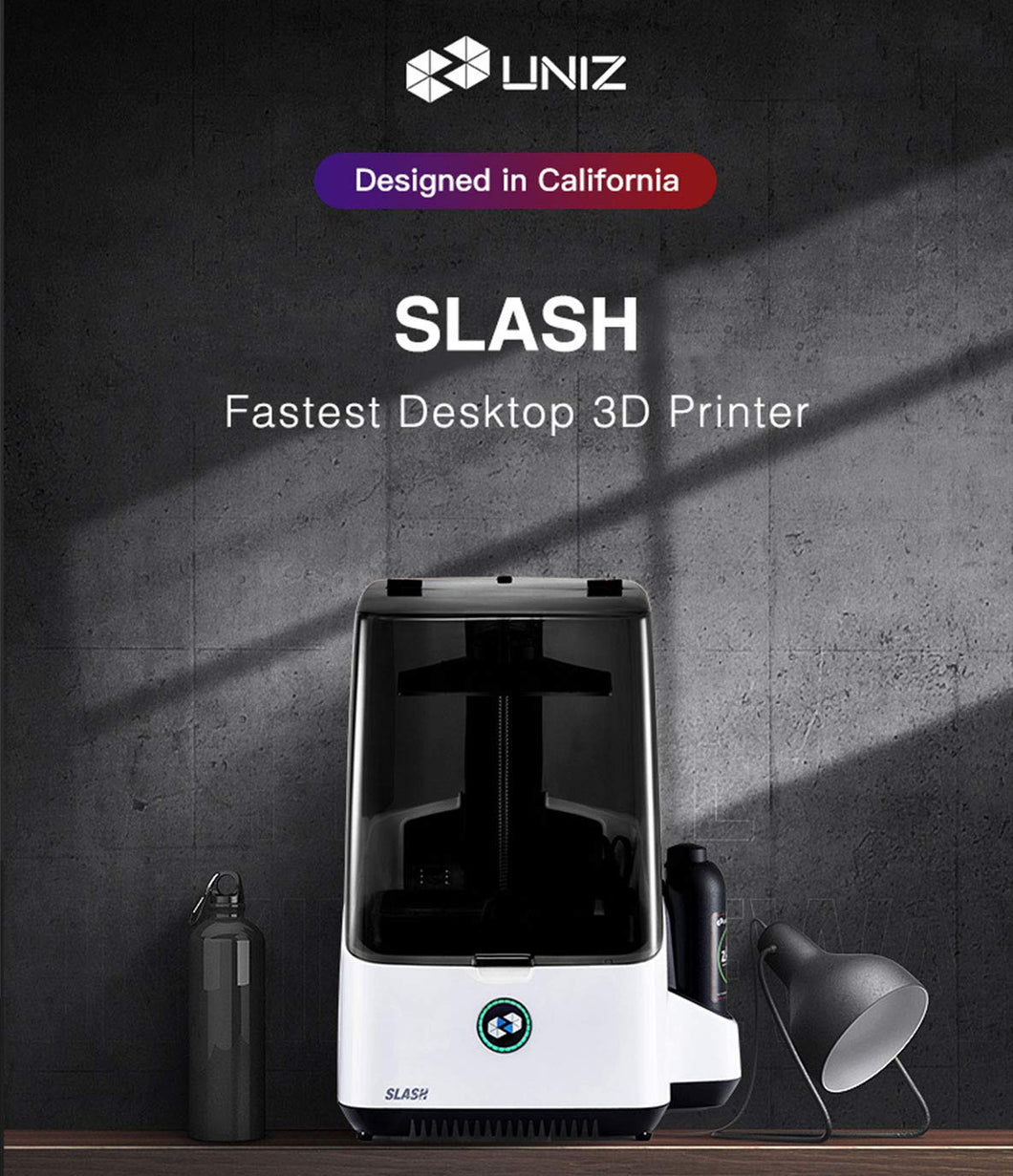
The Voron’s CoreXY motion system enables the printer to have fewer moving parts. Regardless, you can print at speeds of up to 250 mm/s, with optimal results in the 100-150 mm/s range. You can choose to print the plastic parts for the Voron, or you can choose a pre-made kit. The Voron 2.4 is the current flagship 3D printer by Voron design, built for serious 3D printer users and hobbyists alike. Voron 3D printers are an excellent example of open-source, high-end 3D printers that are well-built and equipped with quality components-provided you source your kit from a reputable seller. A faster 3D printing speed also helps you reduce your electricity and labor costs. If you’re operating a 3D printing business or a printing firm, you can maximize your profits by printing models in a shorter time.

This time saving may not be apparent in small 3D prints, but when you’re 3D printing massive models on large 3D printers or using them for mass production, a speed difference of even 30-40 mm/s can reduce your printing times by hours.įast 3D printers especially benefit you if you’re trying to make money with a 3D printer. The most significant advantage of using a fast 3D printer is the time savings you can achieve. Component quality and design are factors as well. Standard open-frame 3D printers can’t reliably achieve high speeds because of the flexibility of their frame. You’ll find that most of the fastest 3D printers are CoreXY or Delta 3D printers.

While you can print at higher rates, print quality often degrades too far for the prints to be appealing and dimensionally accurate. For our purposes, we’ll use 150 mm/s (for an FDM machine) as the baseline.Īverage 3D printers print at approximately 50-80 mm/s speeds. There’s no absolute definition for what constitutes a fast 3D printer.

Conclusion: Which Fast 3D Printer Should You Get? What Constitutes a Fast 3D Printer?


 0 kommentar(er)
0 kommentar(er)
